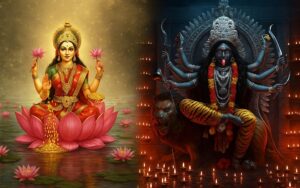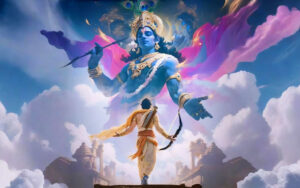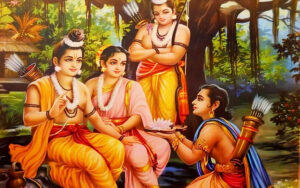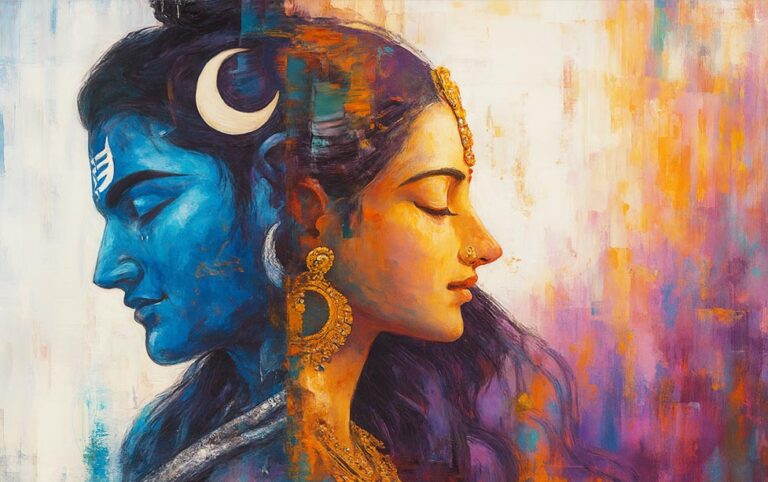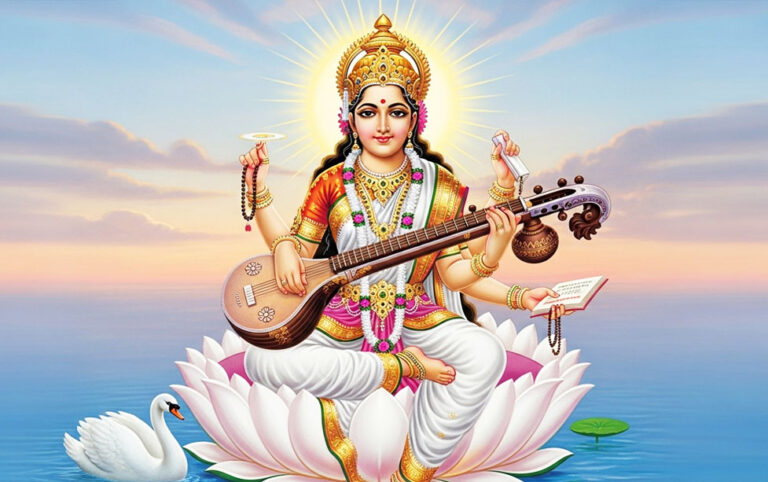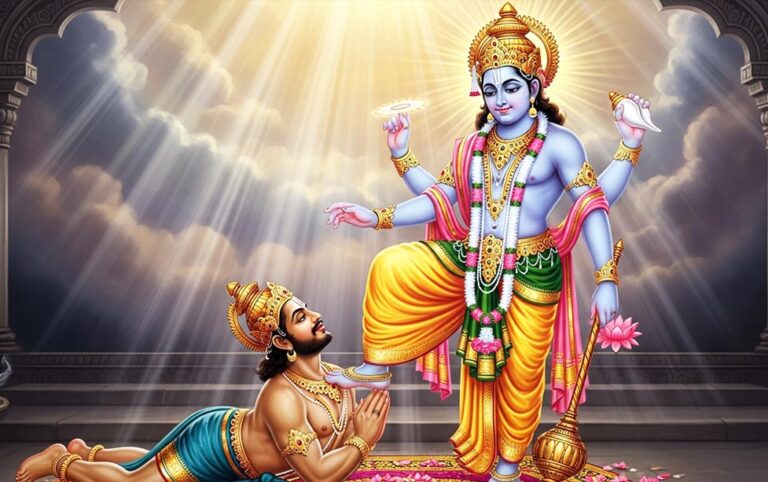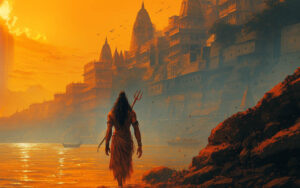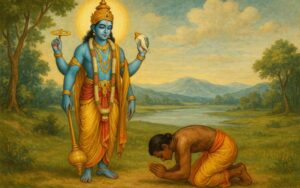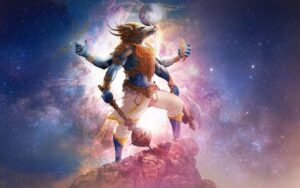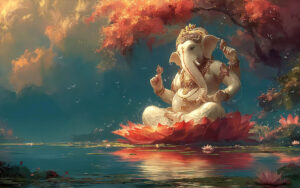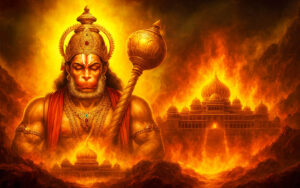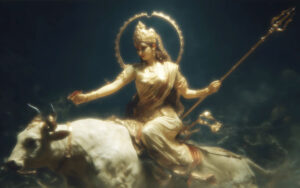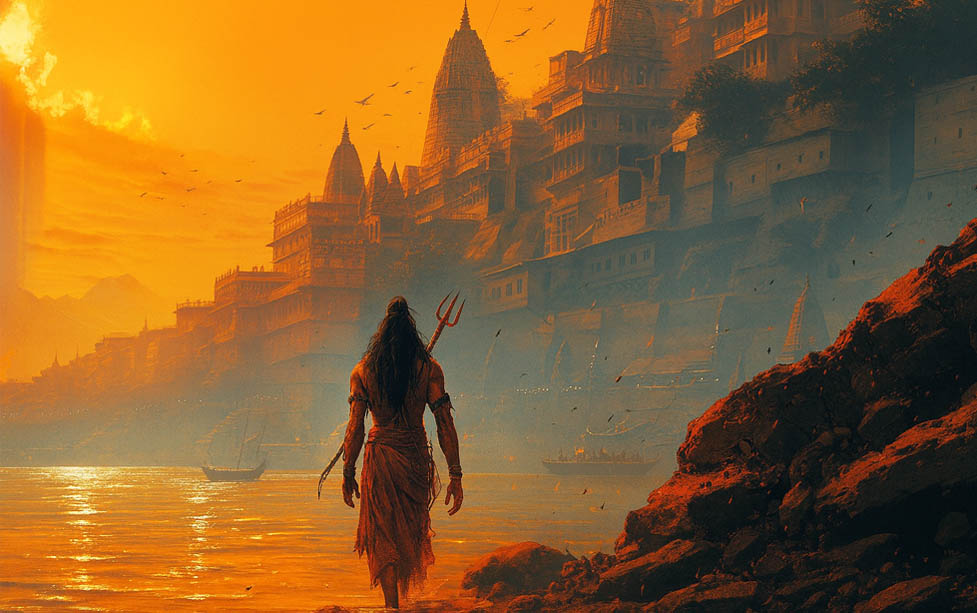
No time for reading the blog? Give it a listen on Spotify.

Kashi is one of those rare places where legends, history, and spirituality blend so naturally that the city feels eternal, not created.
Kashi isn’t just an ancient city. In Hindu memory, it feels older than time itself. Every major scripture treats it not as a place founded by humans, but as a divine space chosen by Shiva long before human history began. That’s what sets it apart.
Let’s walk through the Puranic origin of Kashi, what makes it spiritually extraordinary, and the lesser-known facts hidden in Hindu texts.
Where the Story Begins: Shiva’s Eternal City
The most detailed origin story comes from the Skanda Purana, especially the Kashi Khanda. According to it, Kashi is Avimukta—the place never abandoned by Shiva. During pralaya, when the universe dissolves, Kashi doesn’t disappear.
Instead, it lifts itself into the subtle realm and waits. When creation begins again, it returns to exactly the same spot.
This idea alone makes Kashi unique. It is seen as eternal—existing across multiple cosmic cycles, not just historical time.
Kashi on Shiva’s Trident
One striking image from the Puranas is that the city stands on the tip of Shiva’s trishul. This isn’t metaphorical in the scriptures. It’s the reason Kashi is said to remain spiritually charged even when kingdoms rise and fall around it.
Where other sacred places fade or lose prominence, Kashi’s sanctity doesn’t change. That is why it’s described as the “city of light” or the “city of consciousness.”
Why Kashi Is Considered Spiritually Powerful
1. The Promise of Liberation
Kashi is the only place where Shiva is believed to whisper the Taraka Mantra into the ear of the dying. This is mentioned in:
Kashi Khanda
Shiva Purana
Linga Purana
The idea is simple:
If someone dies in Kashi, Shiva personally ensures their soul moves forward, not backward. That’s why the city has such a deep connection with moksha.
2. A Bridge Between This World and the Next
In Hindu cosmology, Kashi sits between:
the earthly realm, and the realm beyond death.
This is the spiritual reason the ghats and cremation grounds are so central here. Kashi isn’t just a city; it’s a passage.
3. A Living Mandala
Several tantric texts describe Kashi as a mandala with:
54 shakti peethas
12 jyotirlingas within the city itself
Together they create a sacred energy circuit that maps onto the human body, especially the path of kundalini. The geography mirrors a cosmic diagram.
Lesser-Known Facts About Kashi from Hindu Scriptures
Here are the pieces most people never hear:
1. Kashi Belongs to an Earlier Kalpa
The Kashi Khanda hints that the city didn’t originate in our current cosmic cycle. It was carried forward from the previous one. This makes Kashi older than the universe we inhabit.
2. Annapurna Restores Cosmic Balance Here
According to the Devi Bhagavata Purana, when Shiva entered deep austerity, the world began to collapse from lack of nourishment. Devi appeared as Annapurna—specifically in Kashi—to restore balance.
This is one of the few places where Shiva receives food from the Goddess.
3. The Ganga in Kashi Isn’t the Same Ganga Everywhere Else
Texts like the Padma Purana say that the Ganga flowing past Kashi is Vishnupadi Ganga—a spiritually heightened form. This is why even a single drop from Kashi is considered spiritually equivalent to a full pilgrimage.
4. Manikarnika Is Not Just a Cremation Ground
The Skanda Purana says Vishnu performed penances here for so long that his sweat formed the Manikarnika Kund. Shiva buried his jeweled earring here, giving the site its name.
A cremation there is considered the final purification for a soul.
5. The City Has Three Spiritual Centers, Not One
Most people know only about Vishwanath. But texts like:
Kashi Rahasya
Kedareshvara Mahatmya
Avimukteshvara Mahatmya
describe three axes of energy inside the city, representing creation, preservation, and dissolution. Kashi isn’t built around one shrine. It’s built around a triad.
What Kashi Really Represents Spiritually
Once you look past the mythology, the deeper meaning becomes clear.
1. Impermanence and Permanence Together
Bodies burn. Kings disappear. Civilizations change.
But the spiritual charge of the city stays constant.
Kashi embodies this duality: life is temporary, but consciousness isn’t.
2. Shiva as the Inner Guide
The Taraka Mantra isn’t only about the moment of death.
It symbolizes the idea that Shiva leads you through the darkness of ignorance every day. Kashi is a reminder of that inner guidance.
3. Liberation Through Awareness
Kashi doesn’t demand renunciation. You can live a normal life, fail, succeed, struggle, or rise. What matters is awareness. The city represents liberation that comes from inner clarity, not from running away from the world.
Why Kashi Still Feels Alive Today
People come here for different reasons—rituals, peace, transformation, study, or simply curiosity. But everyone feels the same undercurrent. It’s a place where life and death sit next to each other without fear. Where the sacred isn’t hidden behind rules, but lived openly on the streets, the ghats, and the temples.
Kashi isn’t just ancient. It’s eternal.



